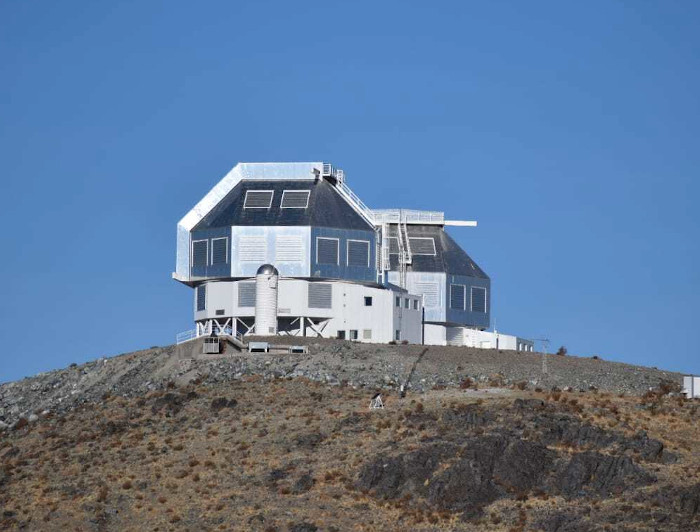Millennium Institute of Astrophysics (MAS): Astronomy in the Big Data Era
The Millennium Institute of Astrophysics (MAS) was selected in the project contest for institutes and millennium nuclei 2012, and is jointly developed by the universities Católica, Adolfo Ibáñez, de Chile, Andrés Bello, de Valparaíso and Concepción. Its financing was renewed in 2018, until 2022.

photo_camera MAS focuses its work on training scientists capable of making the most of the future deluge of data that the new instruments will produce. Credit: Julio Olivares
The Millennium Institute of Astrophysics (MAS) was created in 2014 to prepare the new generation of researchers for the so-called “Big Data era” of astronomy.
At the beginning of this century, the Sloan Digital Sky Survey (SDSS), an ambitious project to map a third of the sky and more than three million astronomical objects began operations. The result: the most detailed three-dimensional maps of the Universe and billions of bytes of information produced every night.
It was a turning point, a deluge of data that surpassed the classical systems of observation (working alone supported by small computer programs), and came to impose the imperative need to create robust automatic methods for fast and effective analysis, capable of highlighting the relevant data in a growing cluster of records. The construction of new astronomical observation instruments such as the Large Synoptic Survey Telescope (LSST), which will be operational in 2022, encourages the challenge.
In this context, interdiscipline is key.
MAS has brought together astronomers, engineers and statistical mathematicians to foster a synergy that evolves into new tools useful in this new paradigm, with efficient algorithms that can extract and analyze information through machine learning.
Using the technological resources already installed in Chile, MAS focuses its work on training scientists capable of making the most of the future deluge of data that the new instruments will produce, and working on multi-message astronomy, which observes large stellar regions at different wavelengths and achieves results from multi-faceted perspectives.
By 2020, our country will house 70% of the world’s largest telescopes.
This, together with a permanent incentive for the training of experts, has enabled a vigorous development of astrophysical science. For MAS, this must go hand in hand with scientific dissemination.
Special emphasis has been placed on raising public awareness of light pollution, a constant threat to astral observation, and the extraordinary advantage Chilean skies have in the exploration of the Universe.
Research Lines
- Transients, variables and planets
- Milky Way and local group
- Astrostatistics and Astroinformatics


